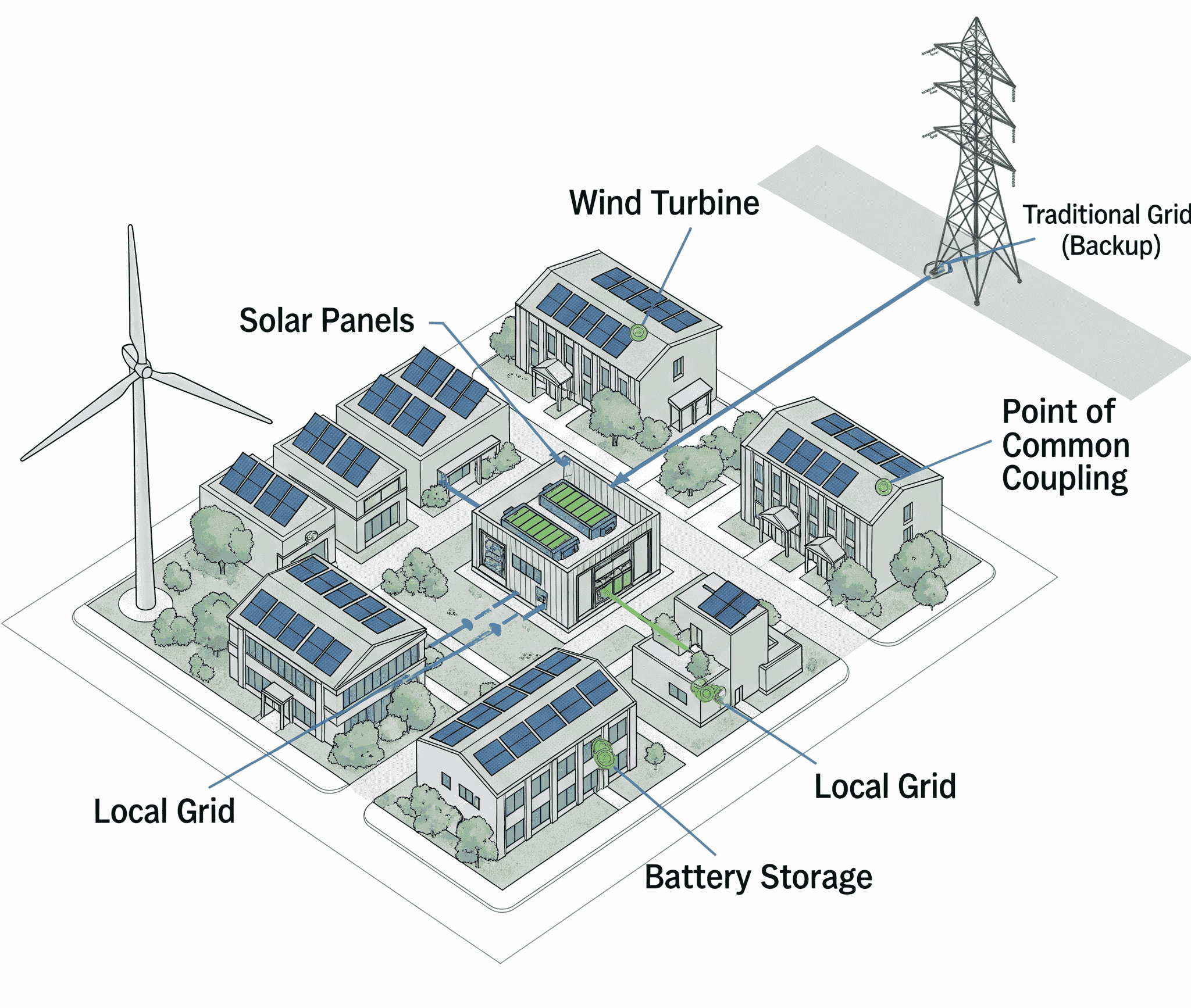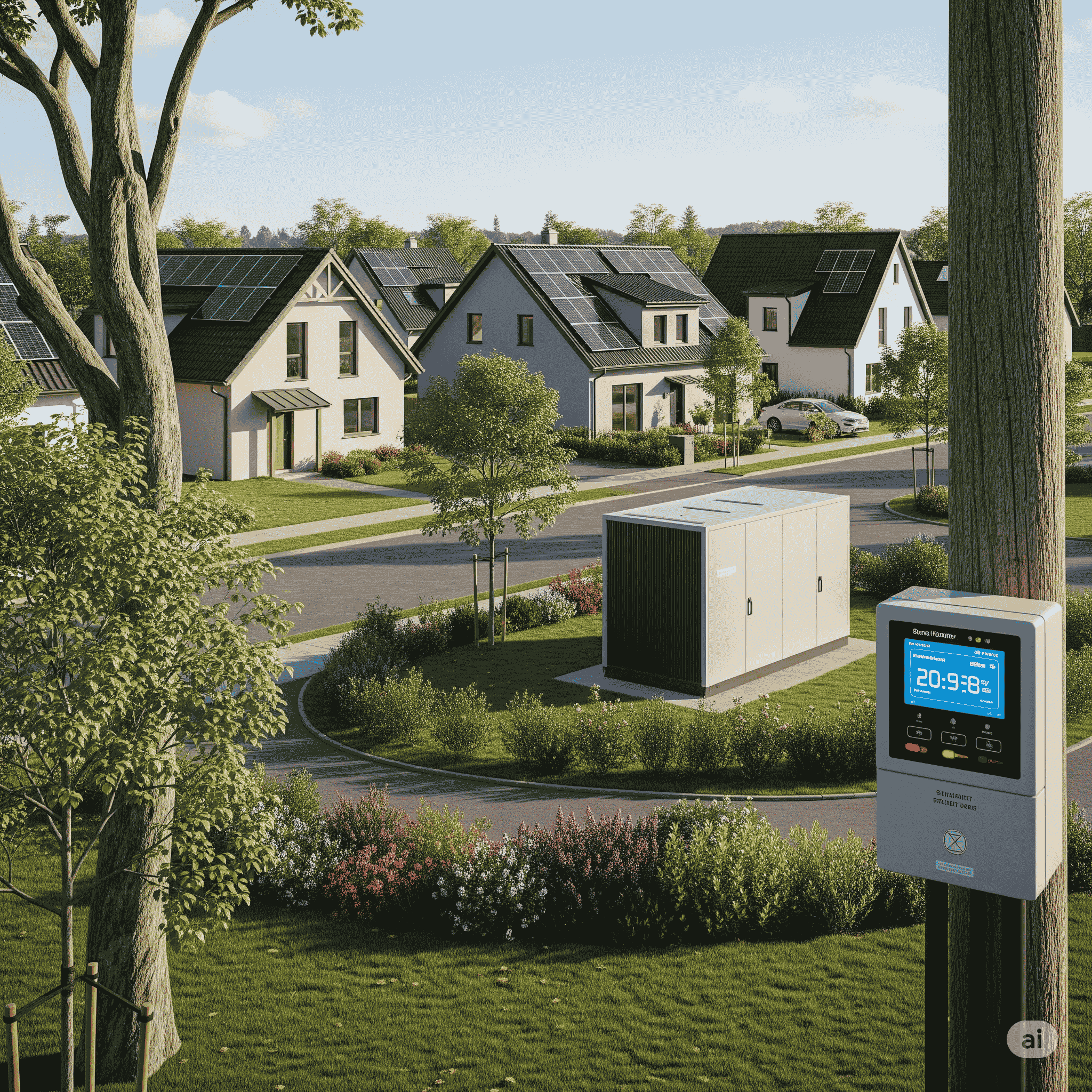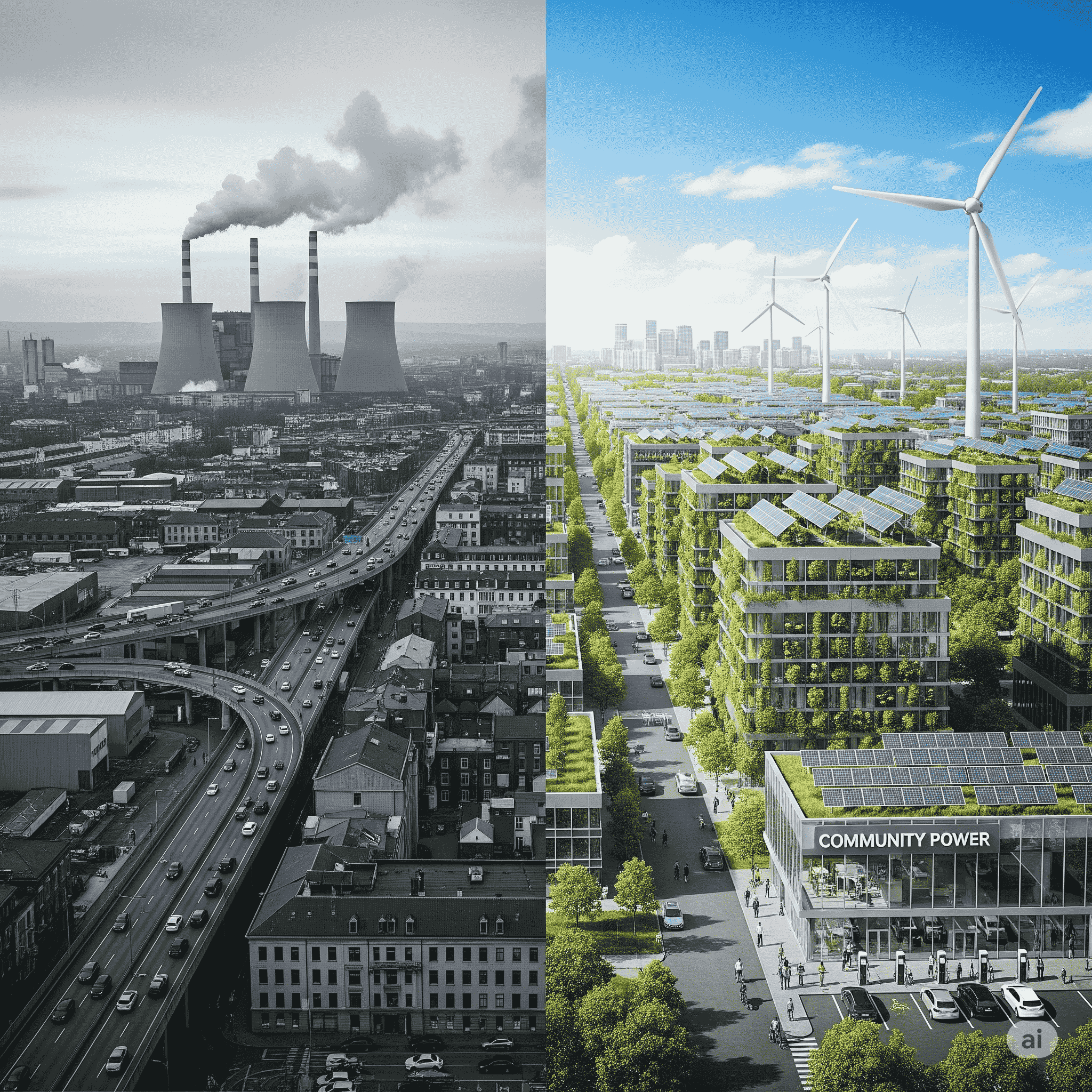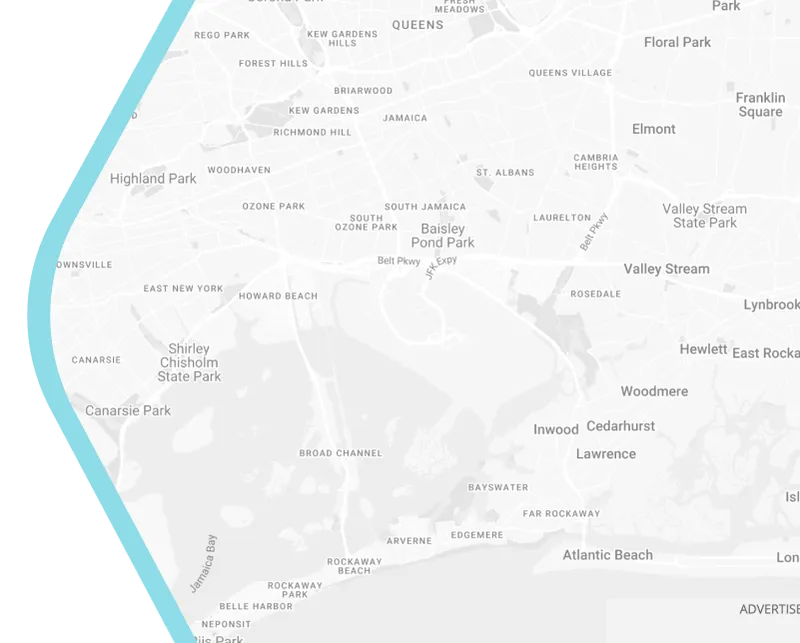
Beyond the Central Grid: Designing Resilient Cities with Decentralized Energy
Modern life is powered by electricity, and our cities are profoundly dependent on the vast, interconnected network of the traditional power grid. While this centralized system has served us for over a century, its inherent vulnerabilities are becoming increasingly apparent. A single point of failure—be it from a severe storm, a wildfire, or a cyberattack—can plunge entire regions into darkness, halting essential services and disrupting lives. As city planners look to build more resilient and sustainable urban environments, a new, fundamental approach to energy is emerging: decentralized energy and microgrids. This niche but critical field of urban design and planning is not about the latest gadget but about redesigning the very foundation of how a city is powered.
The Fragility of the Centralized Grid
The traditional power grid is a linear system: large power plants generate electricity, which is then transmitted over long distances through a complex network of high-voltage lines, substations, and local distribution systems. This model is inherently efficient for mass production but lacks flexibility and redundancy. A disruption at any point in the transmission chain can cascade across the system, leading to widespread blackouts.
In an era of escalating climate change, these vulnerabilities are more critical than ever. Extreme weather events are becoming more frequent, putting immense stress on aging infrastructure and highlighting the need for a new model of energy resilience. This challenge has driven city designers and planners to consider a more localized and robust solution. Our exploration of achieving energy independence with smart city solutions shows this exact shift in thinking.
The Blueprint for Decentralized Energy and Microgrids
Decentralized energy moves away from the "one-size-fits-all" centralized model. It focuses on generating power close to where it is consumed, using a variety of smaller-scale, often renewable, sources like solar panels on rooftops, wind turbines, and battery storage. When these localized energy sources are networked together to operate independently of the main grid during an outage, they form a microgrid.

Key Principles of Design and Planning:
- Redundancy and Reliability: The primary benefit of a microgrid is its ability to "island" itself from the main grid during a failure. This allows critical facilities—like hospitals, emergency services, and data centers—to maintain power, ensuring continuity of service during a crisis.
- Sustainability and Local Generation: Microgrids are typically designed around renewable energy sources, which reduces the city's overall carbon footprint. By generating power locally, cities can also minimize energy loss that occurs during long-distance transmission.
- Community and Economic Benefits: Decentralized energy models can empower communities. By forming energy cooperatives, residents can collectively own and manage their local power supply, leading to greater energy affordability and resilience, as detailed in our article on cutting energy costs with decentralized cooperatives.
From Buildings to Neighborhoods: A Holistic Planning Approach
The success of a decentralized energy strategy starts at the smallest scale: the individual building. Architects and designers are increasingly incorporating energy-efficient standards into new construction. For instance, implementing passive house standards in high-rise buildings is a key part of reducing demand, making it easier for a microgrid to meet a neighborhood’s power needs.
The next step is to integrate these buildings into a cohesive, neighborhood-scale microgrid. This requires careful urban planning to map out energy needs, identify suitable locations for solar installations and battery storage, and design a local grid that can intelligently balance supply and demand.
The same principles of decentralized planning can be applied to other city resources. For example, the concept of a self-sustaining microgrid has parallels in designing drought-proof cities with decentralized water grids, showing a broader trend in urban design towards localized, resilient infrastructure.
The Path Forward: Building a Resilient Energy Future
Implementing decentralized energy systems requires a fundamental shift in mindset, moving away from a one-way energy flow to a dynamic, two-way system where energy is both consumed and generated locally. This demands new regulatory frameworks, investment in smart grid technology, and collaborative efforts between city governments, utility providers, and communities.
While the challenges are significant, the payoff is a more robust, sustainable, and equitable urban future. Cities with decentralized energy are better prepared for climate change, more secure against system failures, and more empowered to control their own energy destiny. This is the new blueprint for urban planning—a future where resilience is not just a goal, but a core design principle woven into the fabric of the city itself.

Ready to Empower Your City's Energy Future?
The shift to decentralized energy is a strategic imperative for any city aiming for long-term resilience and sustainability. At Smart City Solutions, we specialize in helping municipalities, developers, and communities design and implement robust microgrid and decentralized energy strategies.
Our team of experts provides the strategic guidance and technical expertise needed to assess your energy needs, plan for new infrastructure, and create a roadmap for achieving energy independence. Let us help you turn the challenges of today's grid into the opportunities of a more resilient tomorrow.
Contact us today to schedule a consultation and learn how we can help you build a smarter, more sustainable future for your community.
